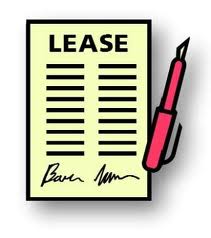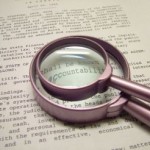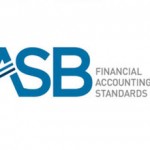Lease Accounting Standard Inches Forward

Despite disagreements about how to report leases, standard setters held firm Wednesday on putting all of them on the balance sheet.
Rather than going back to the future, the Financial Accounting Standards Board apparently moved closer to the completion of a final new standard governing lease accounting by stepping forward to the past.
At the conclusion of a meeting of FASB and the International Accounting Standards Board that stretched over the last two days, the boards “reached consistent conclusions on important areas of lease accounting,” they said in a joint statement immediately following the meeting.
More fundamentally, the standard setters continued to agree on the need to require corporate lessees to report all lease transactions on their balance sheets rather than in the footnotes of their financial statements, as they do for certain kinds of leases currently. But the boards diverged sharply on whether there should be a distinction between different kinds of leases.
For its part, FASB members held to a position that differences in the economic underpinnings of leases must be reflected on corporate balance sheets. While varying the definitions in the boards’ most recent lease-accounting proposal —reportedly the last one available for public comment — FASB feels that there should be two kinds of leases.
Under the boards’ May 16, 2013, exposure draft (Topic 842), companies would separate their leases according to the type of asset they’re leasing: Type A leases (equipment, including anything from aircraft to office copiers) or Type B leases (real estate, including land and buildings). The two types of leases would be accounted for on the balance sheet in different ways.
That marked a distinct change from current U.S. generally accepted accounting principles, which distinguish only between capital and operating leases. At the boards’ meeting, FASB members agreed to return to the distinction under GAAP, though, rather than distinguish leases by the type of asset being leased.
As they would under the exposure draft, FASB members continue to want lessees to treat the liabilities on their Type A leases as “front loaded.” Much in the way that they account for capital leases today, Type A lessees would assume they have already bought the asset, estimate its amortized costs over the length of the lease and allot the costs in line with the depreciation of the asset’s value over time. Type A lessees would thus record more expense in the early years of the lease than they would later on.
Further, FASB continues to think that lessees should account for their Type B payments in roughly equal amounts over time. They would recognize the total lease cost on a straight-line basis over the lease term — like recording the same rent expense for office space each month, for instance.
As they’ve been prone to do, however, IASB members held to the dictum that simpler is better. All leases, they tentatively agreed among themselves at the meeting, should be treated as the purchase of the right of use (ROU) of an asset and accounted for as Type A. No distinction should be made for leases that are apparently rentals.
Another area of disagreement between the two boards appears to be how to account for leases of “small-ticket” items – office equipment like personal computers, for example, priced at, say, $100,000 or less. IASB appears to want to jettison such accounting altogether, while FASB would want to include it.
Nevertheless, the boards have reached apparent convergence on the issue of when to account for options to extend or to terminate a lease, agreeing that it should be done both at lease commencement and during the lease term. The boards will be meeting at various times over the next few months in an attempt to iron out their differences on a final lease-accounting standard.
Source: CFO





























